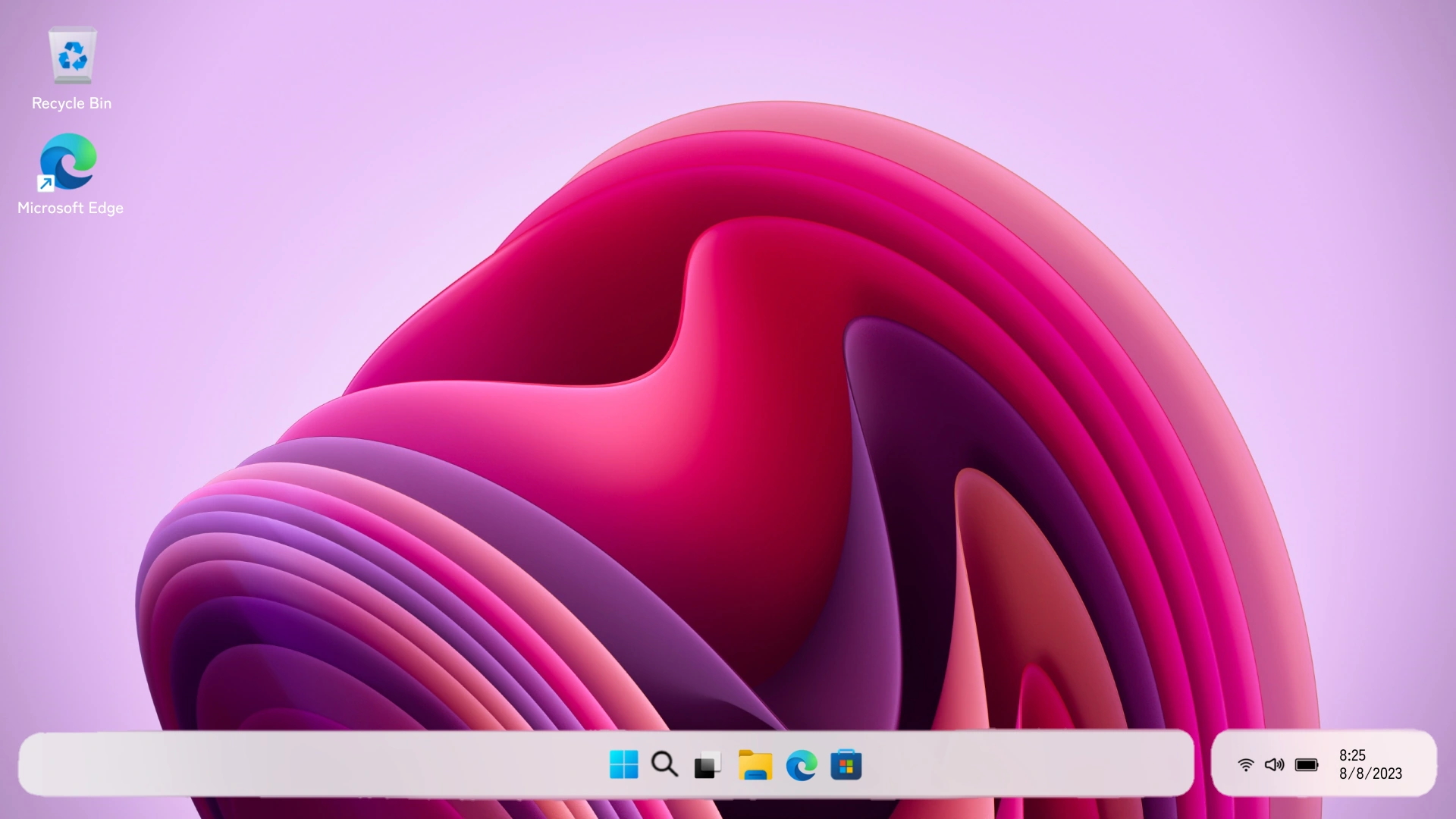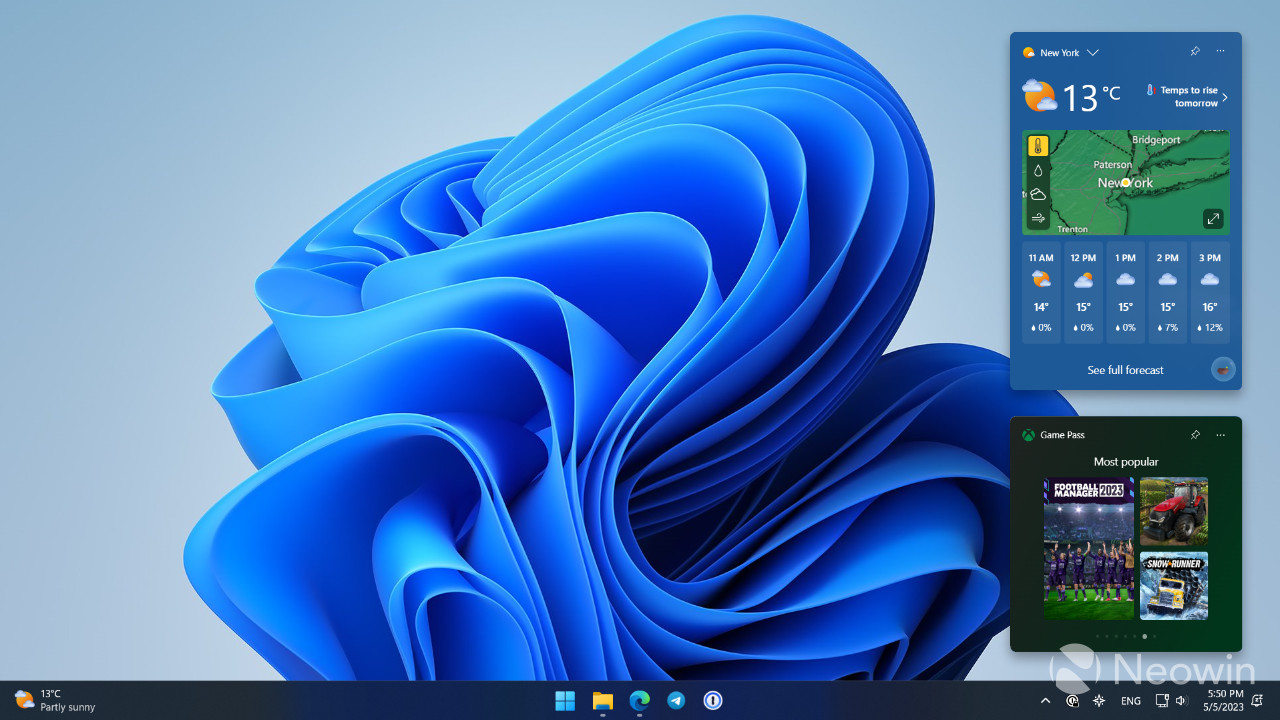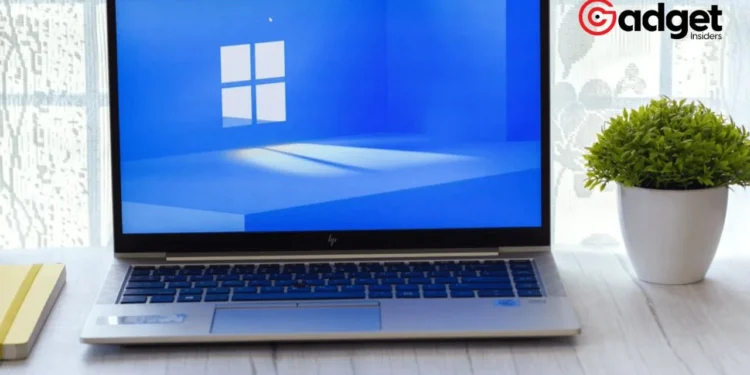As we look beyond the immediate horizon, it’s Windows 13 that emerges as the beacon of change, promising to redefine the landscape for tablets and laptops for the next decade and beyond. In an industry where innovation is the key to staying relevant, Microsoft’s Windows operating system stands as a testament to evolution and growth. With the transition from Windows 10 to the aesthetic refinements of Windows 11, Microsoft has signaled its intent to redefine the user experience.
However, it’s the potential of Windows 12, with its focus on enhancing different displays and integrating AI through Windows Copilot, that sets the stage for an even more transformative future.

Drawing parallels with Apple’s Snow Leopard, a macOS update celebrated for its focus on refinements over new features, Windows’ recent iterations echo a similar philosophy. Despite mixed reactions to changes like the Windows 11 Taskbar and a sudden embrace of AI, there’s an unmistakable foundation being laid for future advancements.
As we delve deeper, it becomes evident that Windows 13 is not just another update; it’s a vision for a future where technology adapts to every user, transcending the limitations of traditional computing.
Windows 13, The Next Frontier: Personalization and Accessibility
The journey of Windows, from the lessons learned in the wake of Windows 8 to the successes of Windows 10 and 11, illustrates Microsoft’s commitment to evolving with its user base. This evolution is not just about aesthetics but about making technology more accessible and intuitive.
For instance, revamped applications like Notepad and Media Player, with features such as dark mode, reflect a deeper understanding of user needs.
Microsoft Windows 12 is expected to release sometime in september, 2024. It might be free to upgrade from Windows 11, otherwise it may cost $139 for a new license. pic.twitter.com/hfOS1qOe3I
— §paethon (@spaethon) February 26, 2024
Windows 13 aspires to go further, envisioning a future where the operating system intuitively recognizes the device it’s being accessed from, whether it’s an AR headset, a web browser, or a Surface tablet. The introduction of Windows Copilot is particularly noteworthy, hinting at an AI assistant that combines nostalgia with futuristic efficiency, reminiscent of JARVIS from Marvel’s Iron Man.
Accessibility remains a pivotal focus, with Microsoft’s efforts aimed at making Windows a platform that caters to everyone. By anticipating user needs and offering personalized assistance from the get-go, Windows 13 could set a new standard in making technology accessible to a broader audience, reducing the anxiety that often accompanies the adoption of new technology.

Dialing It Up to Windows 13: A Vision for the Future
Microsoft stands at a crossroads, with Windows 13 offering a unique opportunity to differentiate itself from competitors like Apple and Google. The anticipation of affordable VR and AR headsets opens new possibilities for spatial computing, potentially revolutionizing how we interact with our devices.
The rumors surrounding Windows 12 suggest a continuation of this trajectory, focusing on refining features and enhancing user experience. However, it’s Windows 13 that holds the promise of a comprehensive, accessible, and intuitive experience, potentially ushering in a new era for Microsoft’s flagship operating system.
As we look towards the future, the potential of Windows 13 to serve as a cornerstone for the next decade of computing technology is undeniable. With a focus on accessibility, personalization, and integration of cutting-edge technologies, Microsoft is poised to redefine what we expect from our devices.
The journey from the errors of Windows 8 to the potential of Windows 13 is a testament to Microsoft’s resilience and vision, promising a future where technology is more inclusive, intuitive, and integrated into our daily lives.
Stay tuned for the latest developments, as the journey of Windows continues to unfold, promising new horizons for users around the globe.










